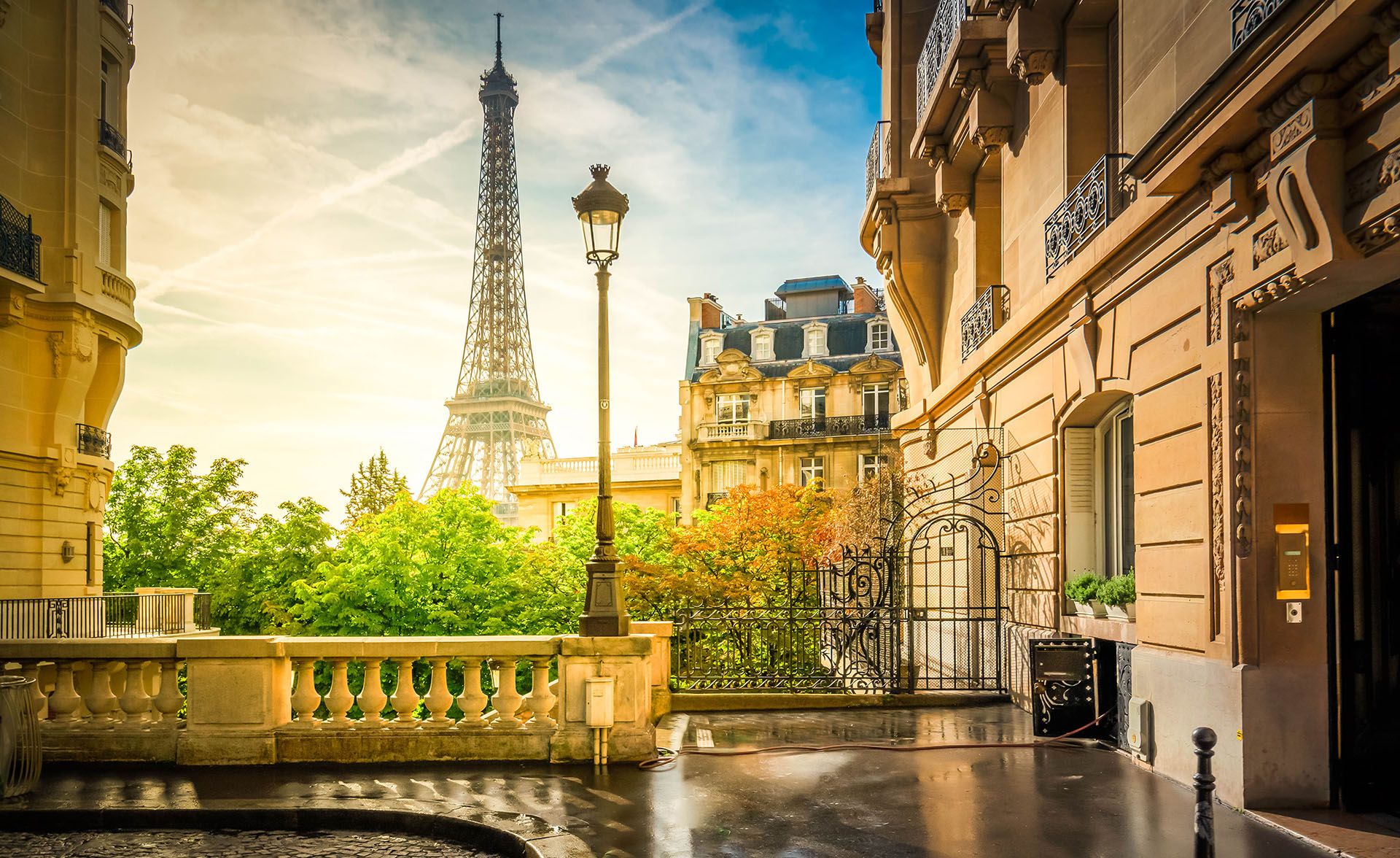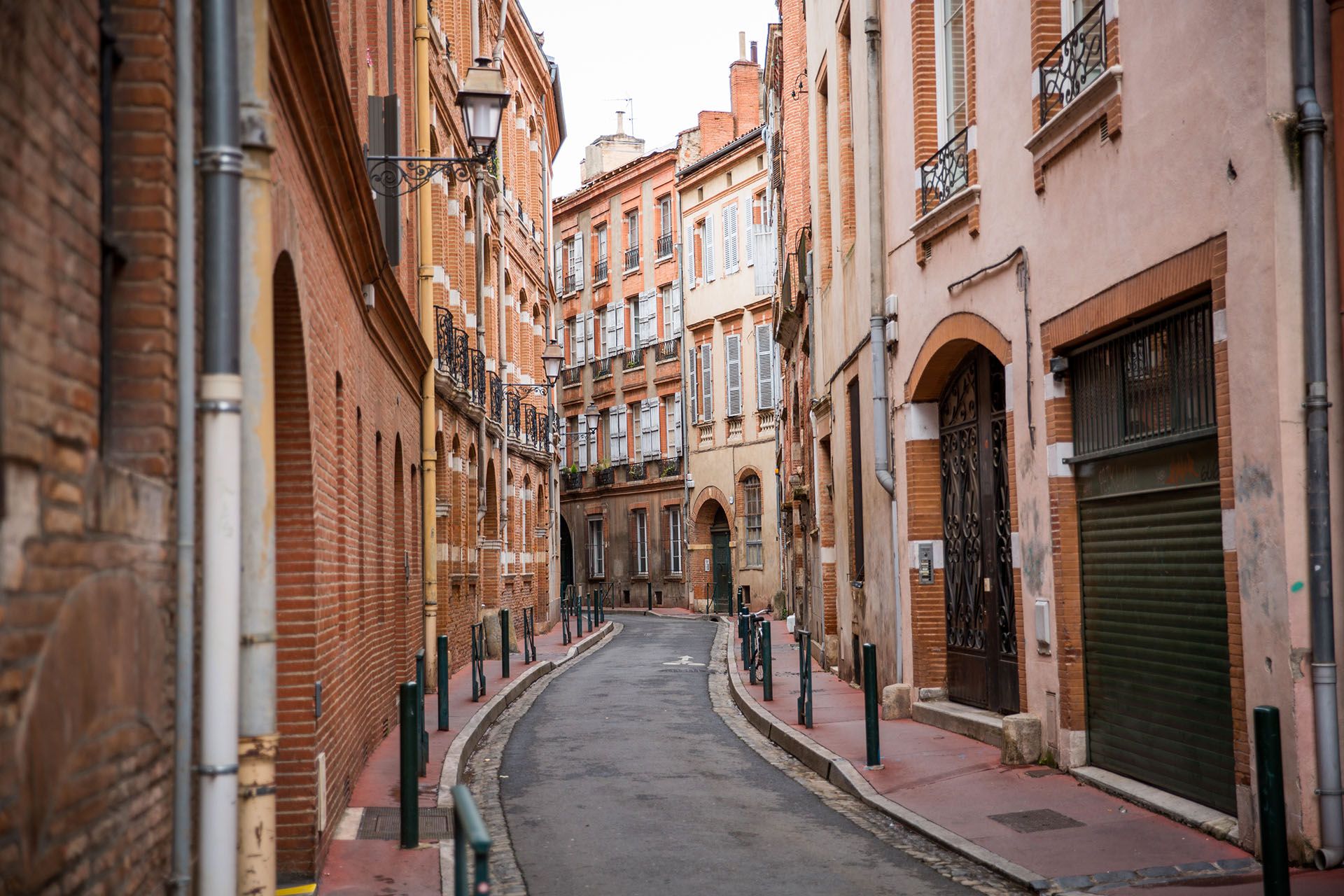When to go to France
When it comes to deciding when to go to France, that depends on where you plan to visit, what kind of trip you want, and your budget — it goes without saying that increased demand for flights and accommodation in the peak summer season months heralds increased costs.
In our view, for overall balance, the best time to visit France is in spring (April to June) or fall (September to October). During these months, the weather is pretty pleasant, and crowds are smaller, as are costs.
These months are also ideal for a range of trip types, whether you want to explore significant urban centers, such as Paris, Marseille, Bordeaux, Strasbourg, or Nice, or want a more rural vacation in, for example, Provence.
At the same time, if you want a beach break, the Cote d’Azur remains warm and sunny in early fall.
How many days are enough in France?
If it’s your first time visiting France, we suggest working to a 10-14-day itinerary.
This will give you time to explore 2-3 cities, and their respective wider regions, through a mix of day trips and transfers, without feeling too rushed. For more information, for example, research how many days to stay in Paris or how many days to spend in Nice.
If you’re limited to a 7 days itinerary, you’d be wise to stick to a single city, two at most.
That said, as revealed a little later, France is easy to get around, with fast train connections covering the country.
How much does a trip to France usually cost?
The cost of a trip to France will depend entirely on your travel style, accommodation choices, how fancy you like to dine, and the number of trips and tours you take.
With that caveat, here’s a ballpark overview of costs for a 10-day trip to France, assuming mid-range travel choices, and excluding international flights.
- Accommodation: expect to pay between $130 to $275 per night to stay in 3-star hotels, depending on the city and season.
- Food: $50-$80 a day to eat set menus in bistros and mid-range restaurants.
- Transport: if you plan to visit multiple cities by train, or hire a car, budget for a total cost of around $220 to $440 for the trip.
- Attractions and activities: expect to pay a total of $220 to $440 for entrance fees and tours. Of course, this will vary if you opt for upscale wine-tasting experiences in vineyards, for one example of a pricier tour.
Do I need a visa?
France is part of the Schengen Area, which allows visa-free travel for up to 90 days within any 180-day period for citizens of many countries.
Citizens of the European Union (EU), European Economic Area (EEA), Switzerland, and several other countries — including the United States, Canada, Australia, and New Zealand — can travel to France for tourism, business, or family visits without a visa for stays up to 90 days.
Nationals from countries not listed as visa-exempt are required to obtain a short-stay Schengen visa prior to their trip.
Regardless of nationality, if you plan to stay in France for more than 90 days, you must apply for a long-stay visa (visa de long séjour) before entering France.
Also note that starting in 2025, visa-exempt travelers — including those from the U.S. and U.K — will need to obtain a European Travel Information and Authorization System (ETIAS) authorization before entering Schengen countries, including France. This is an online application process designed to enhance security.














